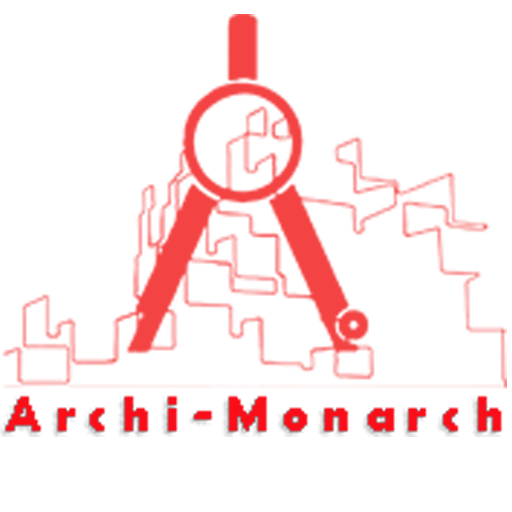A boundary wall railing in architecture refers to the protective or decorative barrier installed on top of or within a boundary wall, which demarcates the limits of a property. These railings serve both functional and aesthetic purposes.
Functionally, they enhance security by increasing the height of the wall and restricting unauthorized access, while allowing visibility and ventilation.
Aesthetically, they contribute to the visual appeal of the property, often designed to complement the architectural style of the building. Materials commonly used for boundary wall railings include wrought iron, stainless steel, aluminum, and sometimes even glass or wood, depending on the desired look and durability requirements.
The design of the railing can range from simple horizontal bars to intricate ornamental patterns, adding character and distinction to the perimeter of a property.
If you want to know about the kitchen detail or miscellaneous detail or water tank detail, please click the link.
Image of Boundary wall railing detail and downloadable (in DWG) link below

Boundary wall railing detail drawing – 1
In construction, a boundary wall railing detail drawing is a technical representation that shows the precise design, dimensions, materials, and construction specifications of the railing mounted on or integrated into a boundary wall.
This detail is a critical part of architectural and structural drawings, ensuring that the railing is safe, functional, and visually aligned with the overall design.
The drawing typically includes:
- Plan View – Shows the layout of the railing along the boundary wall, including post spacing and railing alignment.
- Elevation View – Displays the height and vertical profile of the railing, post heights, decorative elements, and integration with the wall.
- Sectional Details – Illustrate how the railing is anchored into the wall, showing connections like grouted anchor bolts, embedded plates, or welded joints.
- Material Specifications – Notes the type of metal or material used (e.g., mild steel, stainless steel, aluminum), finishes (paint, powder coating, galvanizing), and any decorative elements.
- Fixing Details – Provide information on base plates, bolts, welding joints, and how posts are fixed to the coping or embedded into the wall.
- Dimensions – Include overall height, railing thickness, spacing between balusters or rods, and any clearance from the wall edge.
Such a drawing is essential for fabricators and contractors, ensuring accurate production and installation, compliance with safety codes, and a consistent appearance throughout the boundary wall.
Our tips to help you improve your architectural Boundary wall railing detailing.
